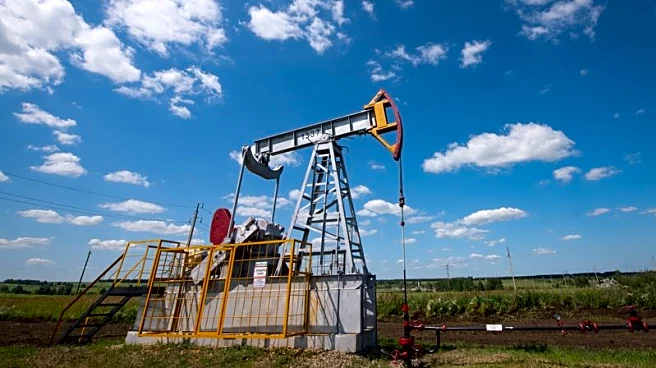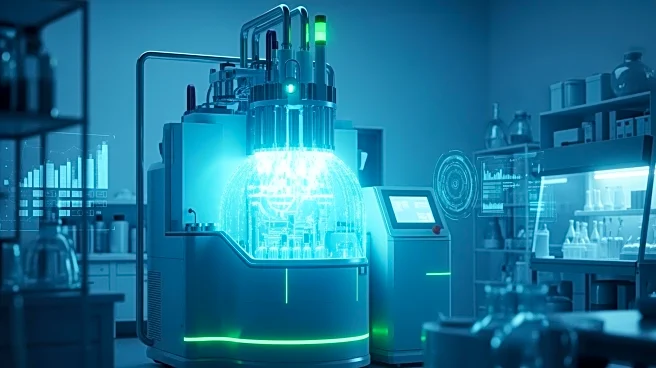What's Happening?
Researchers from Denmark have developed a new chemical treatment that transforms arsenic-rich groundwater waste into valuable raw materials. Arsenic, a toxic element found in the Earth's crust, poses a significant
public health risk, particularly in countries like Bangladesh, China, India, Mexico, and Pakistan, where it contaminates drinking water. The new method, detailed in the journal Science Advances, involves a two-step process that first washes the arsenic-laden sludge with a strong alkali solution, breaking chemical bonds and releasing dissolved arsenic and phosphorus. The solution is then heated and treated with thiourea dioxide, converting the arsenic into pure metallic nanoparticles. This innovative approach not only addresses the disposal challenges of arsenic sludge but also creates potential economic opportunities by turning a hazardous contaminant into a commodity useful for electronics, batteries, and semiconductors.
Why It's Important?
The development of this chemical treatment is significant as it offers a sustainable solution to a major environmental and health hazard. By converting arsenic waste into a valuable resource, the process could alleviate the economic burden on communities affected by arsenic contamination. Arsenic is classified as a Critical Raw Material in the U.S. and Europe, essential for technologies like semiconductors and clean energy solutions. This innovation could lead to increased economic welfare for local communities by providing them with a marketable product. Furthermore, it addresses the global challenge of arsenic contamination, potentially reducing the incidence of arsenic-related diseases such as cardiovascular issues and cancers.
What's Next?
The process is currently at the laboratory scale, and researchers face challenges in scaling up the technology. Key obstacles include developing cost-effective methods for recycling and reusing chemicals to make the process viable for local treatment plants. Once these challenges are overcome, communities could benefit economically by selling the extracted arsenic, which is in demand for various industrial applications. The success of this technology could inspire further research and development in transforming other hazardous materials into useful resources, promoting environmental sustainability and economic growth.
Beyond the Headlines
This development highlights the potential for scientific innovation to address environmental and public health crises. The ethical implications of transforming a deadly contaminant into a beneficial commodity are profound, as it shifts the narrative from managing waste to creating value. This approach could lead to long-term shifts in how societies handle toxic waste, encouraging more sustainable practices and reducing reliance on costly disposal methods. Additionally, it underscores the importance of interdisciplinary collaboration in tackling complex global challenges.












